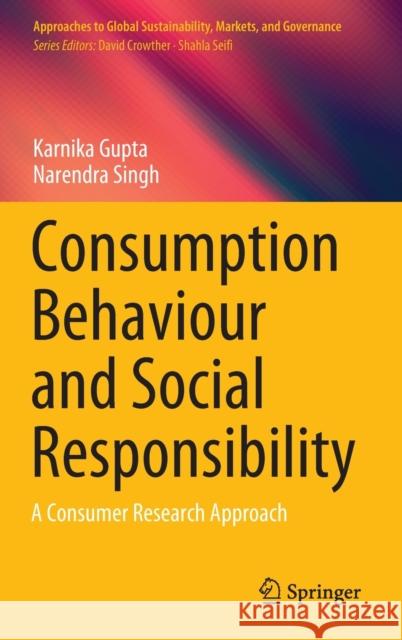Consumption Behaviour and Social Responsibility: A Consumer Research Approach » książka
topmenu
Consumption Behaviour and Social Responsibility: A Consumer Research Approach
ISBN-13: 9789811530043 / Angielski / Twarda / 2020 / 450 str.
Consumption Behaviour and Social Responsibility: A Consumer Research Approach
ISBN-13: 9789811530043 / Angielski / Twarda / 2020 / 450 str.
cena 562,23
(netto: 535,46 VAT: 5%)
Najniższa cena z 30 dni: 539,74
(netto: 535,46 VAT: 5%)
Najniższa cena z 30 dni: 539,74
Termin realizacji zamówienia:
ok. 22 dni roboczych.
ok. 22 dni roboczych.
Darmowa dostawa!
Kategorie:
Kategorie BISAC:
Wydawca:
Springer
Seria wydawnicza:
Język:
Angielski
ISBN-13:
9789811530043
Rok wydania:
2020
Wydanie:
2020
Numer serii:
000817498
Ilość stron:
450
Waga:
0.84 kg
Wymiary:
23.39 x 15.6 x 2.69
Oprawa:
Twarda
Wolumenów:
01
Dodatkowe informacje:
Wydanie ilustrowane











